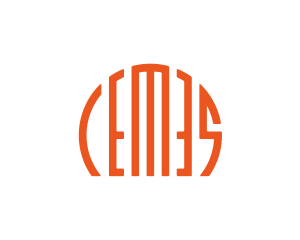Colloidal Bimetallic RuNi Particles and their Behaviour in Catalytic Quinoline Hydrogenation
Résumé
Colloidal metal nanoparticles exhibit interesting catalytic properties for the hydrogenation of (hetero)arenes. Catalysts based on precious metals, such as Ru and Rh, proceed efficiently under mild reaction conditions. In contrast, heterogeneous catalysts based on earth‐abundant metals can selectively hydrogenate (hetero)arenes but require harsher reaction conditions. Bimetallic catalysts that combine precious and earth‐abundant metals are interesting materials to mitigate the drawbacks of each component. To this end, RuNi nanoparticles bearing a phosphine ligand were prepared through the decomposition of [Ru(η4‐C8H12)(η6‐C8H10)] and [Ni(η4‐C8H12)2] by H2 at 85°C. Wide angle X‐ray scattering confirmed a bimetallic segregated structure, with Ni predominantly on the surface. Spectroscopic analyses revealed that the phosphine ligand coordinated to the surface of both metals, suggesting, as well, a partial Ni shell covering the Ru core. The RuNi‐based nanomaterials were used as catalysts in the hydrogenation of quinoline to assess the impact of the metallic composition and of the stabilizing agent on their catalytic performance.
Fichier principal
 Cardona‐Farreny, Colloidal Bimetallic RuNi Particles, 2024.pdf (1.24 Mo)
Télécharger le fichier
Cardona‐Farreny, Colloidal Bimetallic RuNi Particles, 2024.pdf (1.24 Mo)
Télécharger le fichier
| Origine | Publication financée par une institution |
|---|---|
| licence |




